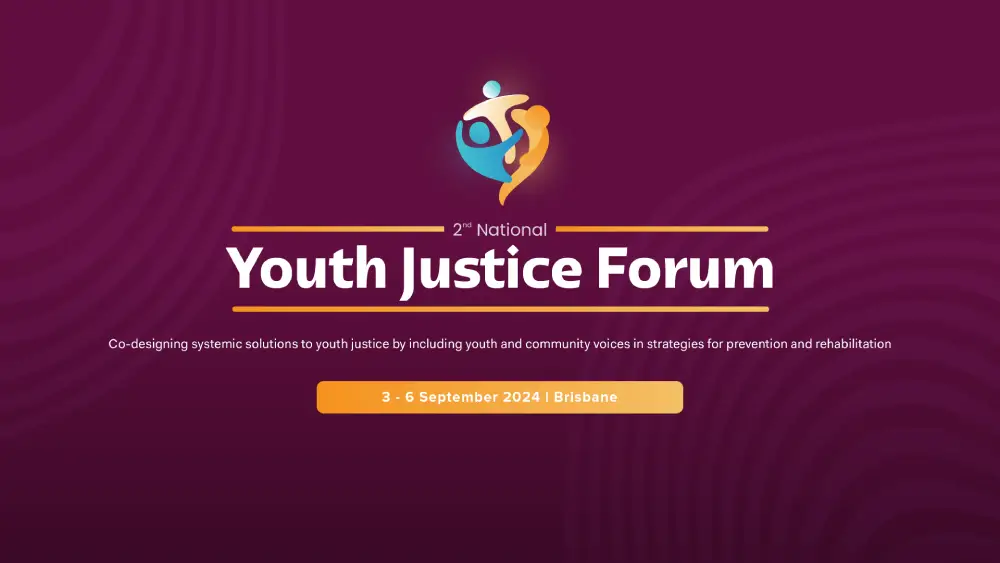The improvement of online tools matched with increasing broadband speeds is challenging the traditional composition of the not-for-profit (NFP) workplace and how employees work with one another. Here are just a few tools that can improve your organisation’s operational efficiency and enable staff to collaborate and communicate in new ways.
Cloud computing
With the National Broadband Network and high-speed broadband hot on the political agenda, your organisation might want to consider switching to cloud computing if it hasn’t already.
In simple terms, cloud computing enables NFPs to simplify their IT systems by outsourcing their software and infrastructure to online providers.
Using cloud solutions to give people access to the resources they need from any location is one of the key benefits of working with online assistance. In cases such as Microsoft’s SkyDrive and Google’s Drive, extra features such as WebApps and Office 365 are added which allow you to do your office work from within a browser.
In addition, both Microsoft and Google already offer the ability for multiple people to edit documents simultaneously. If your organisation has ever had to have multiple people contributing to a grant application, you will understand what it’s like trying to track changes and consolidate everyone’s edits in one place. Matched with voice chat or video chat, using these online tools allow you to skip over revisions or avoid having to wait for one person to close the document before you can review it.
Video confernecing
When it comes to collaboration, video conferencing is a very popular tool. Video tools not only overcome communication hurdles such as body language which text and audio traditionally face, they also introduce new applications for technology.
Google has taken this even further with their own social network Google+, which offers hangouts. Hangouts represent the possibility of online collaboration where up to ten people can participate in a video conference, edit documents at the same time, watch a training video together or even broadcast an event to YouTube. This opens up the viewing and participation to a much wider audience.
Video conferencing tools enable staff and volunteers to work away from the office yet still be able to communicate with workmates as if they were physically present. This is a priceless tool for NFPs offering flexible work hours or virtual volunteering programs.
Internal social networks
Social media has quickly shaped how we communicate with each other. For many NFP social media managers, the big discussion is all about how to use content to build an audience that feels more connected to the organisation.
Unsurprisingly, the same principals can apply internally with employees and volunteers. If you want to get the best out of the people who work for your organisation, making sure they are engaged with their work and with the people they are working alongside is paramount.
Internal communication tools such as Skype, Yammer and Salesforce build on the idea of personalising the workplace but also provide the opportunity to create a sense of community internally. These types of enterprise social network tools build on the same principals of sharing and conversation that networks like Facebook use, allowing people who work remotely to feel connected to the workplace.
The improvement of online tools matched with increasing broadband speeds gives us unprecedented flexibility in how we work. It’s enabling us to collaborate in new ways, gives us opportunities to communicate better and also challenges what our workplaces look like.


















































































































































